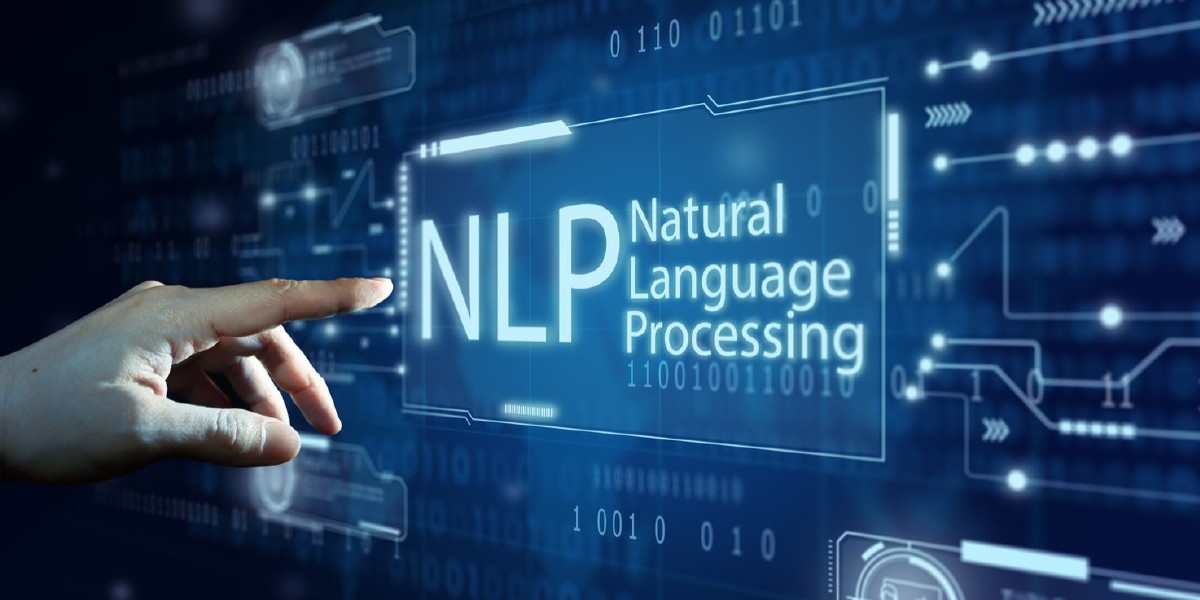Tokenization stands as a fundamental procedure in both natural language processing (NLP) and machine learning. It involves the breakdown of text into smaller entities known as tokens. In the NLP context, tokens are typically words or subwords. This tokenization process aids in converting raw text into a format that algorithms can easily process and analyze.
The primary objective of tokenization is to segment a text into meaningful units, thereby facilitating the analysis of syntactic and semantic structures. Several key aspects of tokenization include:
Word Tokenization: This method involves splitting the text into individual words. For instance, the sentence "Tokenization is important" would be tokenized into the words "Tokenization," "is," and "important."
Sentence Tokenization: In addition to word tokenization, sentence tokenization divides a text into individual sentences. This proves beneficial when analysis needs to be conducted at the sentence level.
Subword Tokenization: In situations where word tokenization may fall short, subword tokenization dissects words into smaller units like prefixes or suffixes. This approach is particularly useful for languages with complex word structures or when dealing with out-of-vocabulary words.
Tokenization serves as a crucial preprocessing step, simplifying text for subsequent analysis and feature extraction. Once tokenized, the text can be represented as a sequence of tokens, enabling more effective execution of various NLP tasks like sentiment analysis, named entity recognition, and machine translation.
In the realm of machine learning, tokenization frequently marks the initial stage in preparing text data for models. This transformation of raw text into a structured format allows it to be seamlessly integrated into algorithms. Numerous NLP libraries and frameworks offer built-in tokenization functions, streamlining this essential preprocessing step.








